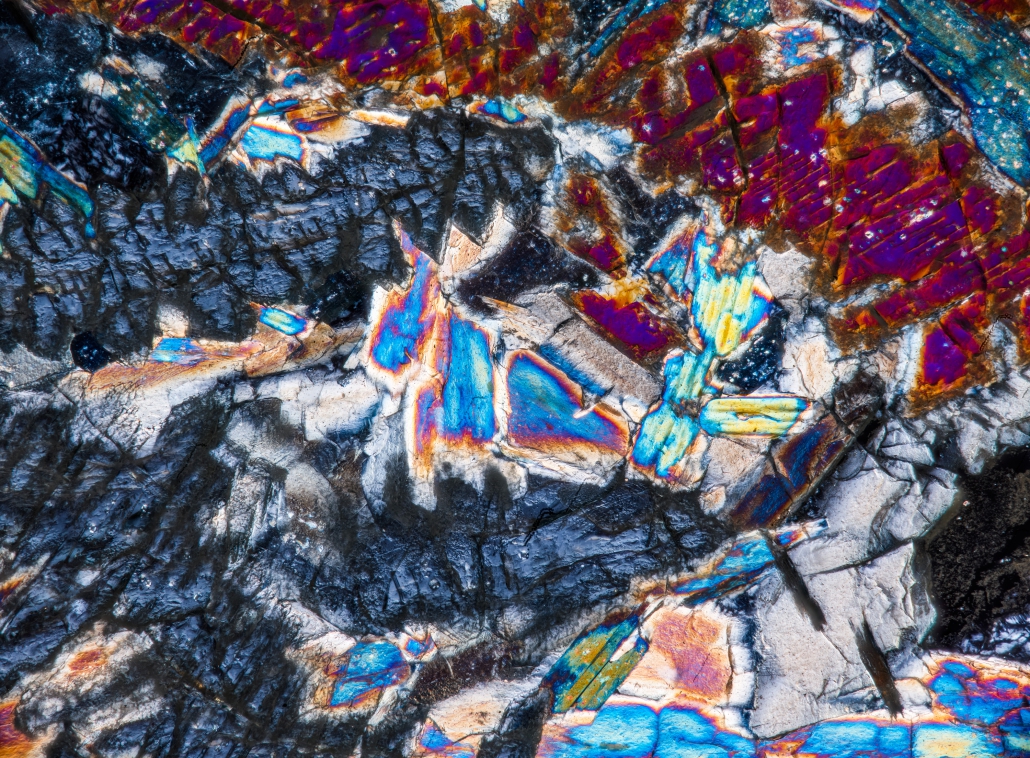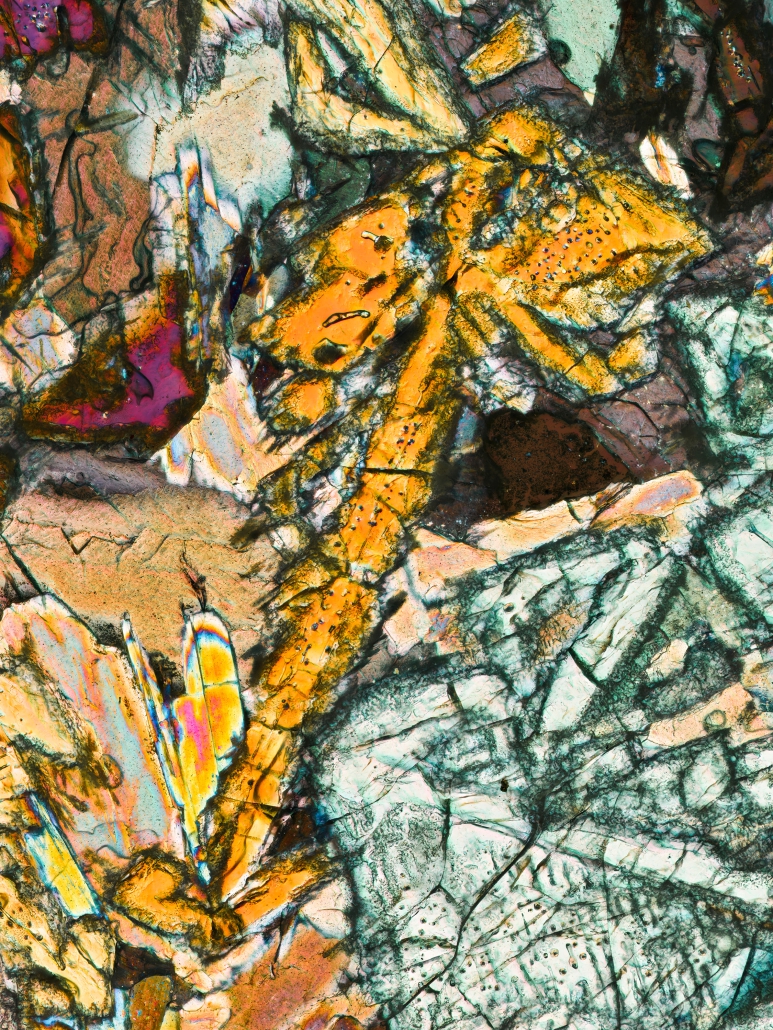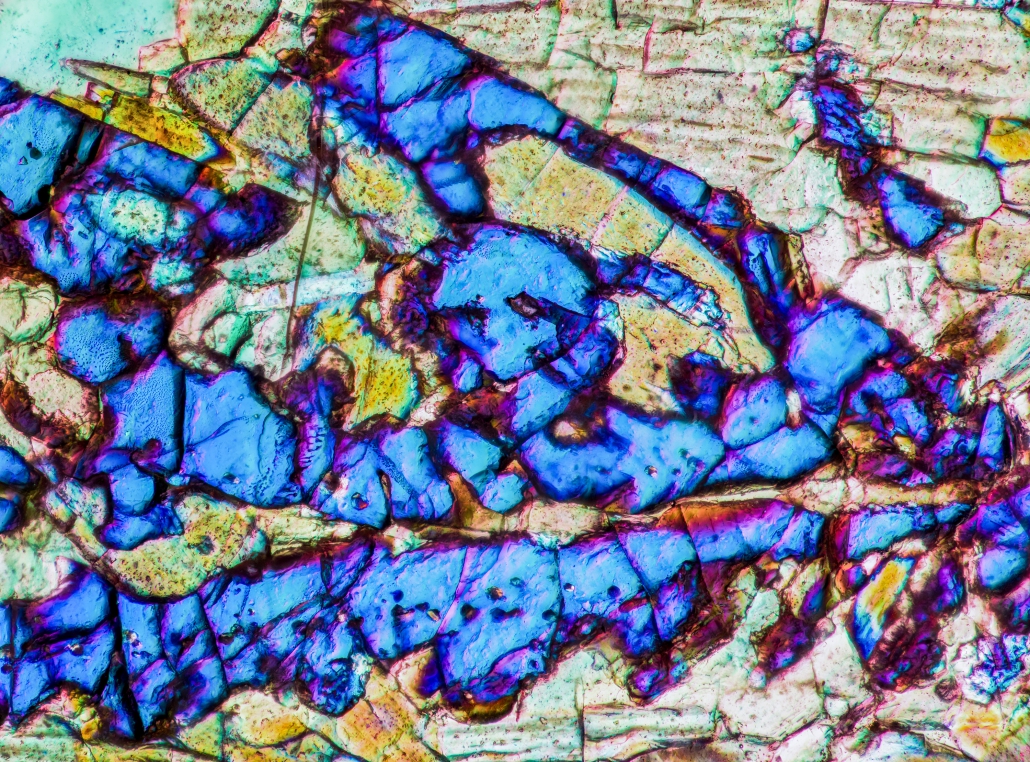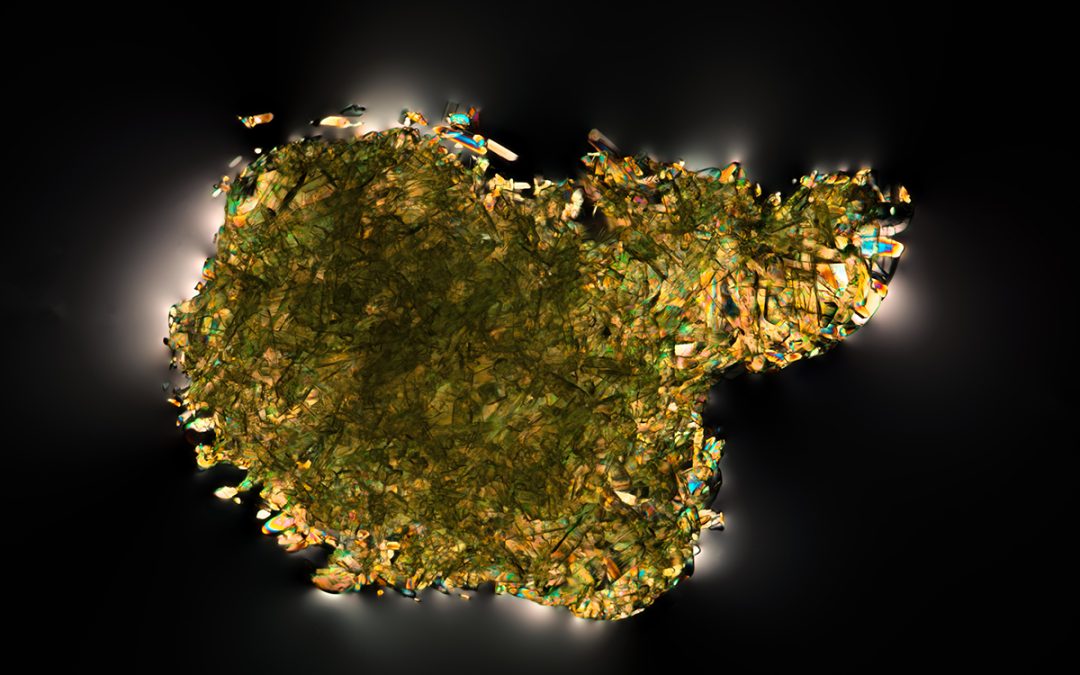A high-resolution image can give us incredible amounts of detail from an everyday object. This experience intensifies when we’re photographing small things. In this way, capturing high-resolution images of microscopic objects can be a truly mesmerizing experience. As one of the first technical challenges in photography in Wenedik, we decided to find a solution for medium-format microscopic photography.
We used a tube lens with an objective lens for microscopy photography, which we will discuss in the following texts. The most important part of this challenge was to find the right tube lens that has a large-enough image circle to cover the entire medium-format sensor, as well as reproduce a high-quality image from a microscopic object.
We used a full-frame sensor with dimensions of 40.5 by 54 millimeters from Phse One as the imaging sensor. After trying different lenses (include Phase One 240mm), we discovered that the large-format Apo-Chromatic Rodenstock lens with a focal length of 210 millimeters is one of the top choices. We Also used Apo-Chromatic objectives from Mitutoyo that have high-enough resolution and sensor coverage in addition to low chromatic aberration. Finally, the optical part of this solution was built with a large-format lens, a polarizing filter, an adapter to attach the objective to the tube lens, and the objective.
The other technical challenge was controlling the exact area of focus which was achieved with the Novoflex stacking rail with a 0.2 micron precision.We used the Novoflex bellows as a darkroom which doubled as an adapter to attach the large-format lens to the digital back.
All these details of the solutions were obtained after several months of trial and error, which cannot be covered in this short text. For this reason, further texts will be provided to explain microscopical photography more accurately.
These are some medium-format photomicrography of glass laboratory samples:







